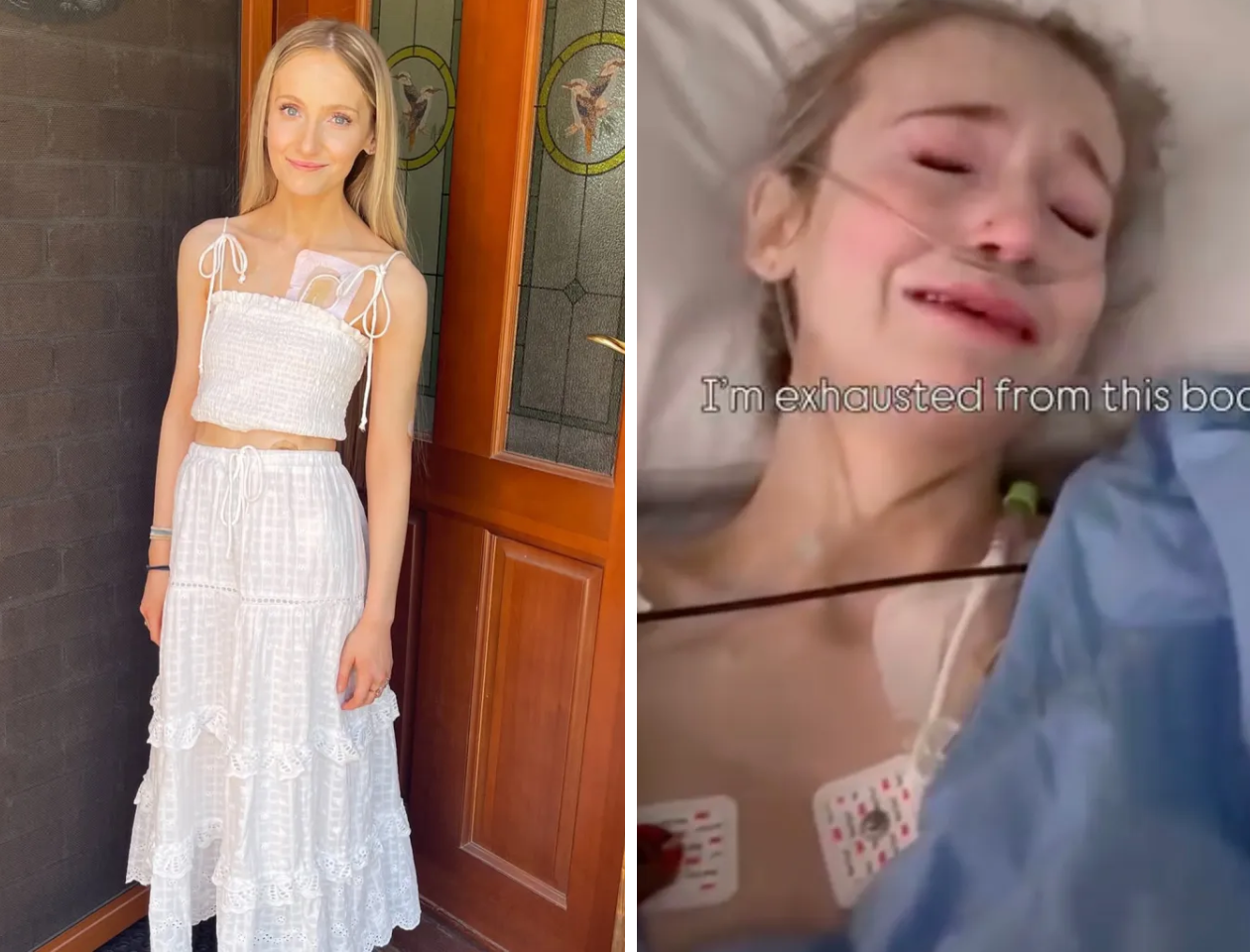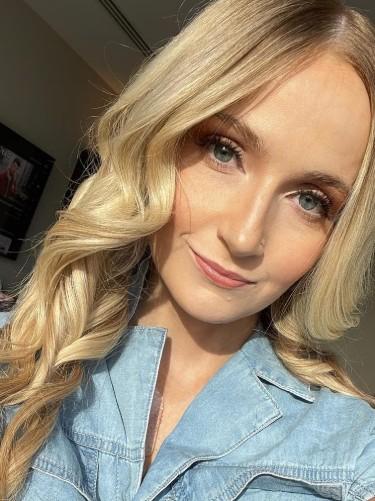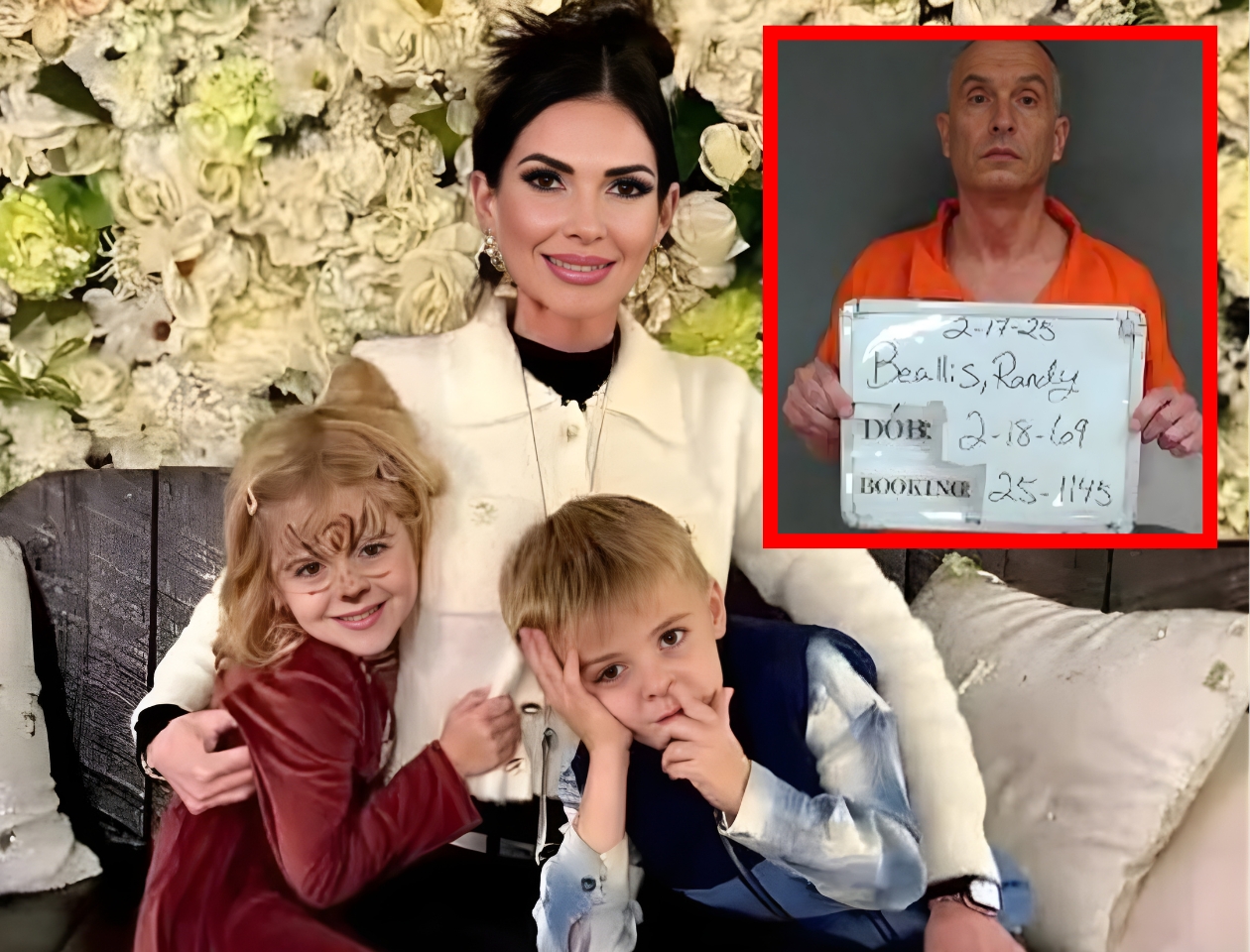
MELBOURNE, AUSTRALIA — Annaliese Holland, a 25-year-old woman who has spent most of her life fighting a rare and devastating neurological condition, has been formally approved for Voluntary Assisted Dying (VAD). Her decision follows years of chronic pain, repeated medical emergencies, and a terminal diagnosis that left her with no realistic chance of recovery.

Holland has been ill since childhood and lives with Autoimmune Autonomic Ganglionopathy (AAG), a rare autoimmune disorder that attacks the autonomic nervous system. This system controls essential involuntary functions such as blood pressure, digestion, temperature regulation, and heart rate. Her condition has steadily worsened over time, leaving her in constant pain and dependent on intensive medical support.
A Life Marked by Medical Crisis
By age eighteen, doctors were finally able to identify AAG as the source of her symptoms, but the diagnosis came after years of unexplained suffering. Because her digestive system can no longer function normally, Holland has relied on Total Parenteral Nutrition (TPN) for the past decade. This form of IV feeding keeps her alive but comes with a high risk of infection.

She has survived sepsis twenty‑five times, and each episode has placed her life in serious danger. Long-term steroid use and other treatments caused severe osteoporosis, resulting in four spinal fractures, a fractured sternum, and constant pressure on her heart and lungs. Holland has described her daily life as “surviving rather than living,” while watching people her age move forward with careers, marriages, and families.
By her early twenties, doctors told her that her illness was life‑limiting and that her long-term prognosis was terminal.

Navigating the Voluntary Assisted Dying Process
Voluntary Assisted Dying is legal in several Australian states under strict medical guidelines. To qualify, a person must be an adult with full decision-making capacity and must have a terminal, advanced, and progressive illness expected to cause death within a set timeframe. Approval also requires assessment by two independent doctors.
Holland underwent a three‑week evaluation before receiving confirmation that she met all legal criteria. She has said the decision brings her peace because it gives her control over the one part of her life she can still choose.
Her family has struggled deeply with her choice. Her father, Patrick, initially hoped she would continue treatment, but a recent health crisis changed his perspective. Holland recalled telling him, “Dad, please let me go,” a moment that ultimately led him to support her decision. Her mother, Armanda, and her sister have also expressed heartbreak while standing by her as she makes her final plans.
Holland says she does not view her choice as giving up but as a final act of dignity after fighting every day for years. She believes she is “lucky” to have this option available to her.
For more cases related to end-of-life decisions and medical ethics, check out our video here:






